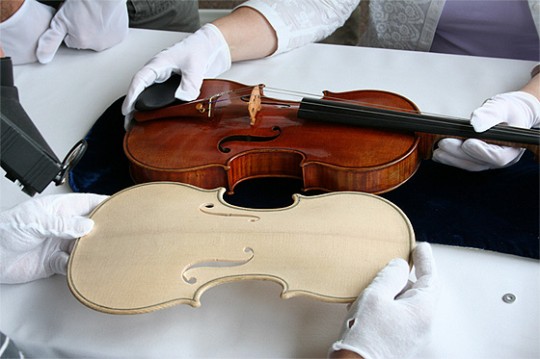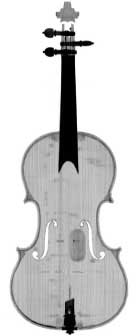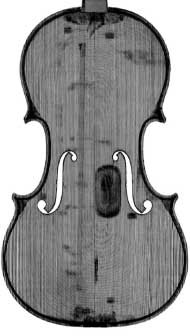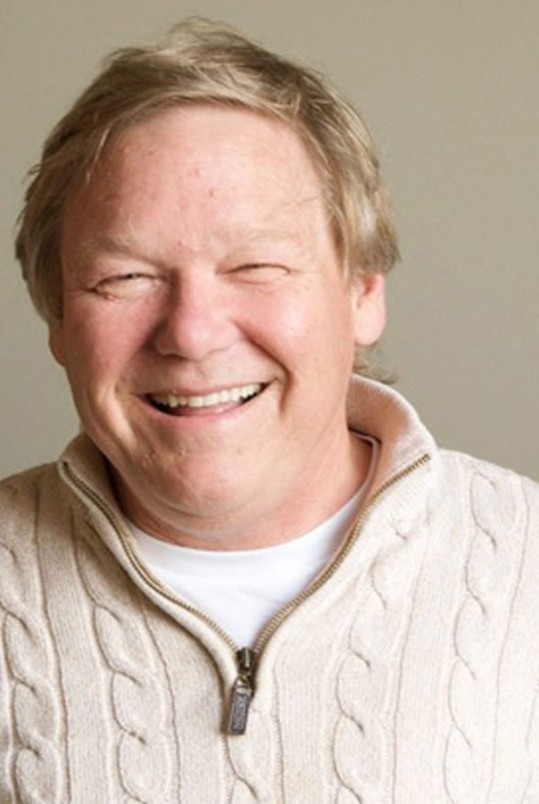Researchers Use CT to Recreate Stradivarius Violin
Researchers Use CT to Recreate Stradivarius Violin
 Photograph comparing the original Stradivari Betts violin to the top portion of the reproduction.
Photograph comparing the original Stradivari Betts violin to the top portion of the reproduction.
November 29, 2011
CHICAGO—Using computed tomography (CT) imaging and advanced manufacturing techniques, a team of experts has created a reproduction of a 1704 Stradivarius violin. Three-dimensional images of the valuable violin and details on how the replica was made were presented today at the annual meeting of the Radiological Society of North America (RSNA).
“CT scanning offers a unique method of noninvasively imaging a historical object,” said Steven Sirr, M.D., a radiologist at FirstLight Medical Systems in Mora, Minn. “Combined with computer-aided machinery, it also offers us the opportunity to create a reproduction with a high degree of accuracy.”
Antonio Stradivari, an Italian who lived from 1644 to 1737, is regarded as history’s greatest violin maker. Of the estimated 1,000 violins Stradivari made, about 650 still exist and are highly prized for their unique sound quality. There are many theories but no simple explanation for the superiority of the Stradivarius. Many factors influence a violin’s sound, from the qualities of the wood to the instrument’s shape, degree of arching and wood thickness.
To create a violin with the same characteristics as the 1704 instrument known as “Betts,” Dr. Sirr worked with professional violin makers John Waddle and Steve Rossow of St. Paul, Minn.
“We have two goals: to understand how the violin works and to make reproductions of the world’s most prized violins available for young musicians who can’t afford an original,” Dr. Sirr said.
The original violin was scanned with a 64-detector CT, and more than 1,000 CT images were converted into stereolithographic files, which can be read by a computer-controlled router called a CNC machine. The CNC machine, custom-made for the project by Rossow, then carved the back and front plates and scroll of the violin from various woods. Finally, Waddle and Rossow finished, assembled and varnished the replica by hand.
“We believe this process of recreating old and valuable stringed instruments may have a profound influence upon modern string musicians,” Dr. Sirr said.
Of the Stradivarius and other prized violins still in existence, many are housed in museums and are never played. Others are sold for millions of dollars to top professional musicians. The Betts Stradivarius is held in the U.S. Library of Congress.
Dr. Sirr, an amateur violinist, first scanned a violin with CT out of curiosity.
“I assumed the instrument was merely a wooden shell surrounding air,” he said. “I was totally wrong. There was a lot of anatomy inside the violin.”

CT scan of the front of the original Stradivari Betts violin.

CT scan of the front plate of the original Stradivari Betts violin.
After he shared those first CT images with Waddle in 1989, the two spent years scanning more than 100 violins—including 29 valuable instruments pre-dating 1827—and other stringed instruments to better understand their composition.
“Just like human beings, there is a wide range of normal variation among violins,” Dr. Sirr said. “When you are looking at an instrument that is hundreds of years old, you will see worm holes and cracks that have been repaired, as well as damage from being exposed to all kinds of conditions, from floods to wars.”
For owners of authentic Stradivarius or other prized violins, CT imaging not only provides a definitive form of identification, it helps establish a pedigree that may increase the value of their investment.
“CT is useful in measuring wood density, size and shapes, thickness graduation and volume measurements,” Dr. Sirr said. “It also provides detailed analysis of damage and repair.”
 Steven Sirr, M.D., radiologist at FirstLight Medical Systems in Mora, Minn.
Steven Sirr, M.D., radiologist at FirstLight Medical Systems in Mora, Minn.
Photos courtesy RSNA
# # #
> About Radiological Society of North America (RSNA)
Founded in 1915, the Radiological Society of North America is a professional membership society committed to excellence in patient care through education and research. More than 48,000 medical imaging professionals are members of RSNA, including radiologists, radiation oncologists, medical physicists and allied scientists.
RSNA hosts the world’s largest annual radiology meeting, publishes two highly respected peer-reviewed journals, offers opportunities to earn CME, and provides research and education grants to young investigators.
RSNA is an association of more than 48,000 radiologists, radiation oncologists, medical physicists and related scientists committed to excellence in patient care through education and research.
The Society is based in Oak Brook, Ill. (RSNA.org)
* The above story is adapted from materials provided by RSNA



















